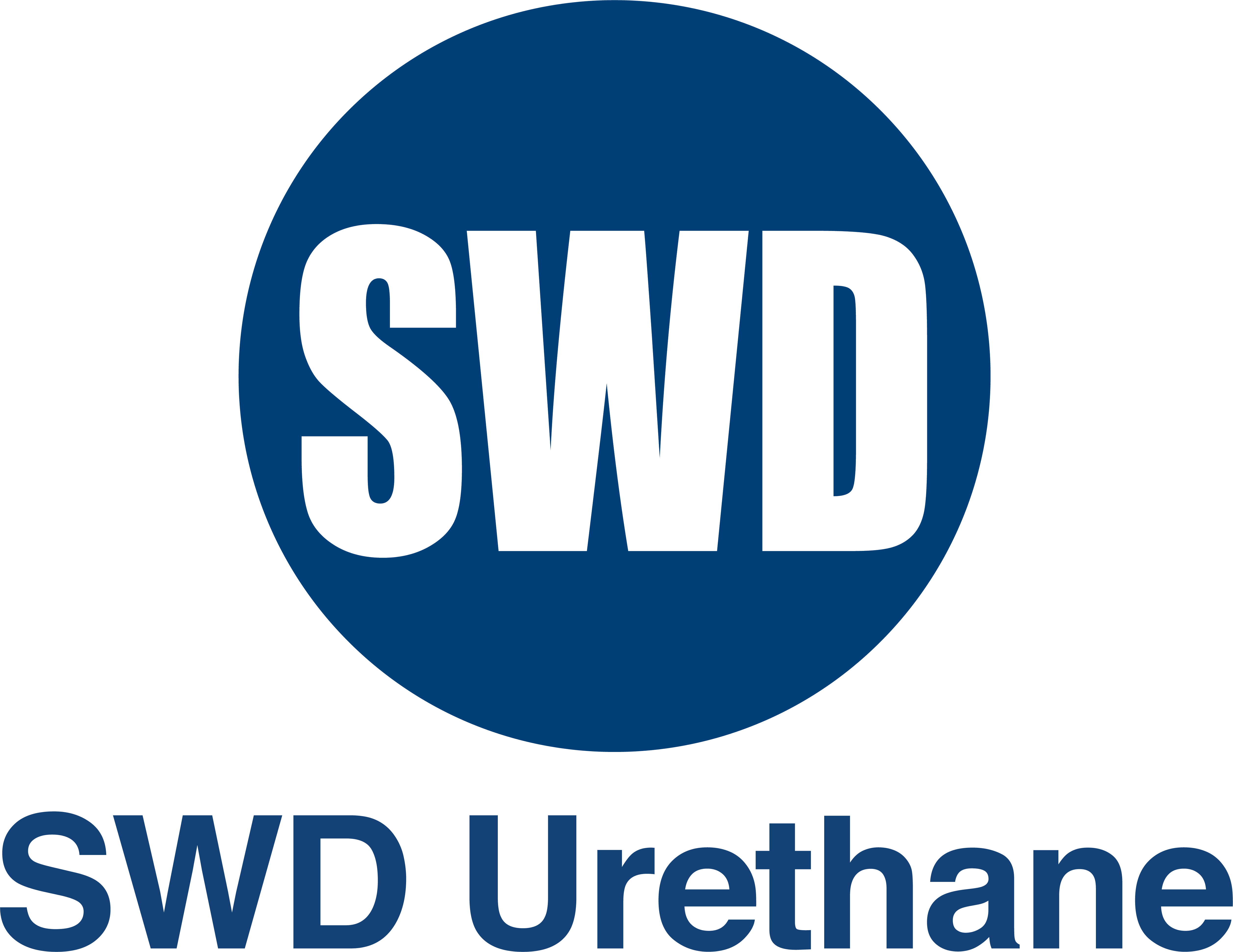There’s a good chance your home doesn’t have enough insulation. If you built your house or renovated it, it’s likely that it doesn’t have enough to keep you comfortable and save on energy bills. This is especially true if you live in an area with cold winters. In these cases, poor insulation can lead to ice damming which can cause serious issues on your roof and gutters.
High Energy Bills
High energy bills are one of the biggest signs that your home is under-insulated. A home that is under-insulated forces the HVAC system to work harder to keep the home at even temperatures. If your energy bills are climbing rapidly, it’s time to investigate what might be causing it. A qualified home energy assessor can do a thermal scan of the walls to determine how well your home is insulated.A good insulation solution can be expensive, but it’s an investment worth making if your home is not well insulated.
Uncomfortable Temperatures
If your floors, walls, and ceilings are cold to the touch, you likely need more insulation in your home. Insulation stops heat and air from escaping through gaps. Another sign that your home is under-insulated is that you’re feeling warmer in one room and colder in others. This could mean that your heater isn’t keeping you as warm as it should, or that it’s not delivering enough energy to keep all parts of your house at the same temperature. Frozen pipes can also be a tell-tale sign that your home is under-insulated. If your exterior walls are poorly insulated, it can lead to pipes freezing and then bursting, which can cause thousands of dollars worth of damage.
Cold Drafts
Besides being uncomfortable, cold drafts can also cause your energy bill to skyrocket throughout the winter months. These can come from windows and doors that are not properly sealed. Insulation is a thick material that protects your home from the cold air outside. Usually, the amount of insulation required by code is enough to keep your home comfortable and save you money on energy bills, but if it isn’t, you might want to consider investing in additional insulation. You can check your windows and doors for drafts by looking at the caulking around the wood frames or the glazing that holds glass windowpanes together. If you notice cracks, it’s time to fix them. You can also stand near a door or window and feel if cold air is making its way through the cracks.
Uneven Temperatures
If you notice that some rooms are consistently warmer than others, this could indicate that your home is under-insulated. Often, this can occur when blown-in insulation settles over time or if the ductwork isn’t sized correctly. Another sign of a poorly-insulated home is ice dams during the winter. When heat rises from the roof, it melts the snow and turns it into a dam of ice that can wreak havoc on your siding and gutters. Similarly, if your pipes aren’t properly insulated in the crawl space or walls, freezing winter temperatures can cause them to freeze and burst. This can be a major pain and cost you money.
Noisy Rooms
If your rooms are noisy and you hear echoes of everything from the TV to the vacuum, your home may be under-insulated. This can make your room a stressful place to be, and can even negatively affect your health. Your home may also be noisy if you have rooms with hard surfaces like walls, floors or doors that can cause reverberation and noise transfer. Adding sound-absorbing materials or products should definitely help!


